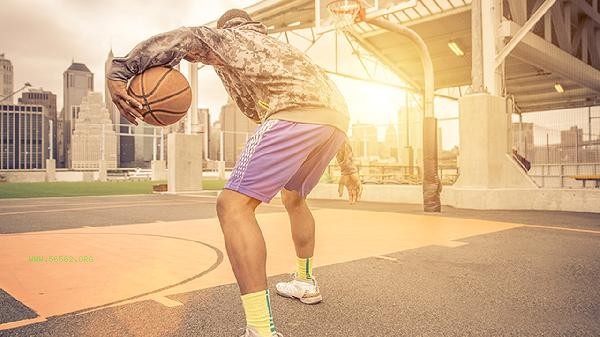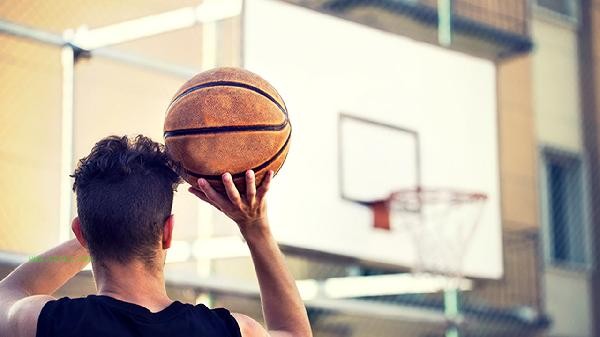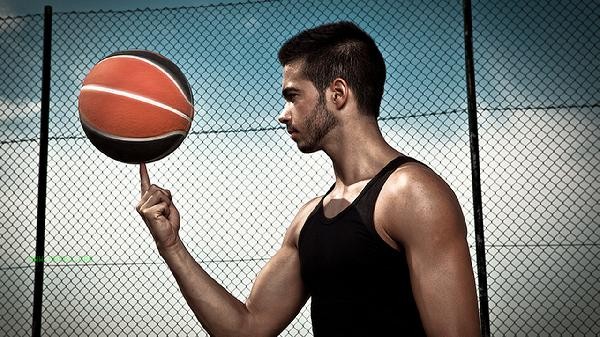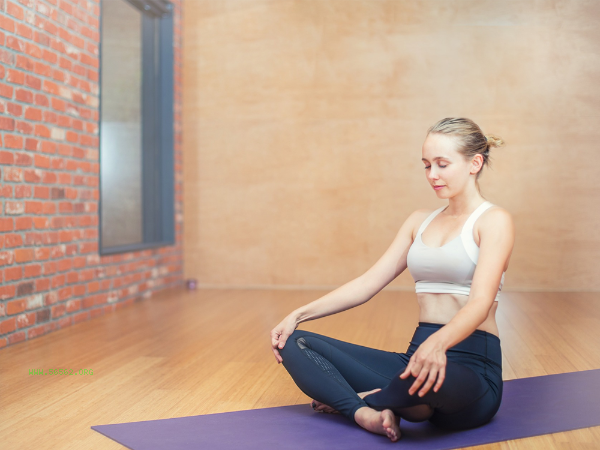Playing basketball mainly exercises the muscle strength of the lower limbs, and also has a significant improvement effect on the upper limbs and core muscle groups. Basketball mainly focuses on muscle training in the legs, hips, waist, abdomen, shoulders, and arms.

1. Lower limb muscle group
Basketball exercise has the most significant effect on the exercise of lower limb muscles. Frequent running, jumping, and changing direction movements can effectively enhance the strength of the quadriceps, hamstring, and gastrocnemius muscles. The emergency stop and jump movements will stimulate the gluteus maximus and hip flexors. Continuous movement can also improve the explosive power and endurance of calf muscles, which are crucial for jumping and speed in basketball.
2. Core muscle group
The waist and abdomen core muscle group plays a role in stabilizing the body and transmitting strength in basketball. When turning, changing direction, and confronting, the rectus abdominis and oblique abdominis muscles will continue to exert force. The erector spinae and multifidus muscles in the back are responsible for maintaining body balance and are particularly active during shooting and defense. A strong core strength can improve athletic performance and reduce the risk of injury.
3. Upper limb muscle group
Shooting and passing movements mainly rely on the coordinated force of the deltoid, triceps, and pectoralis major muscles. Defensive confrontation activates the latissimus dorsi and trapezius muscles. The wrist and finger muscles are responsible for fine motor control during ball control and shooting, and long-term training can significantly improve upper limb strength and control ability.

4. Whole body coordination
Basketball requires coordination and cooperation of all muscles to complete technical movements. When taking a jump shot, the lower limbs provide explosive power, the core muscles stabilize the trunk, and the upper limbs complete the shooting action. This multi muscle group collaborative working mode can comprehensively improve body coordination and athletic performance. Although not classified as muscle strength, high-intensity intermittent basketball exercise can significantly improve cardiovascular endurance. Continuous aerobic exercise can promote muscle capillary proliferation, improve muscle oxygen utilization efficiency, and indirectly enhance muscle endurance.
It is recommended that basketball enthusiasts combine specialized strength training to improve their athletic performance, with a focus on strengthening lower limb explosive power and core stability training. 2-3 targeted strength exercises can be arranged per week, such as squats, hard pulls, and other composite movements, combined with core training such as plank support. Pay attention to warm-up and stretching before and after exercise to avoid muscle damage. Reasonable nutritional supplementation and adequate rest are equally important for muscle recovery and strength growth. For beginners, it is recommended to gradually increase the training intensity to avoid sports injuries caused by excessive fatigue.









Comments (0)
Leave a Comment
No comments yet
Be the first to share your thoughts!